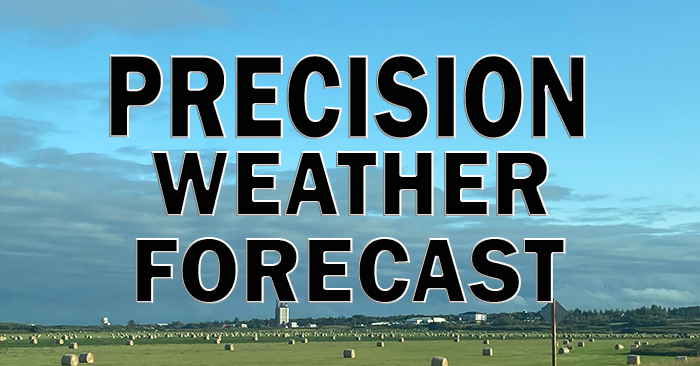Hockey Canada has announced the approval of its Western Canadian Development Model (WCDM) pilot project for the 2024-25 season.
This initiative, developed in collaboration with its four Western Members, Junior A hockey leagues, and the Western Hockey League (WHL), aims to enhance junior hockey across Western Canada.
The WCDM pilot project is set to transform the landscape of junior hockey by providing greater choice and flexibility for players and their families. It prioritizes the unique needs of athletes both on and off the ice, ensuring they develop at a level that matches their abilities.
Pat McLaughlin, COO and EVP of Strategy for Hockey Canada, stated, “The unity between Hockey Canada and the 10 organizations that led the development of the pilot project has never been stronger. We all must continue to evolve to meet the needs of Canadians looking to participate in our National Winter Sport.”
The WCDM working group includes representatives from BC Hockey, the Kootenay International Junior Hockey League, the Pacific Junior Hockey League, Hockey Alberta, the Alberta Junior Hockey League, Hockey Saskatchewan, the Saskatchewan Junior Hockey League, Hockey Manitoba, the Manitoba Junior Hockey League, and the WHL.
“Our league is extremely pleased to partner with Hockey Canada, the Western branches the WHL & the other western Junior A leagues to continue to do what’s best for the western canadian athlete.” SJHL Comissioner Kyle McIntyre commented. “This in an exciting and unprecedented collaboration & we’re excited and ready for the season to begin.”
The pilot project will be reviewed throughout the 2024-25 season, with plans for expansion in future seasons.
Changes for 2024/25:
- Standard of play and rules
By streamlining the application of Playing Rules for the same age group, athletes, coaches and officials participating in sanctioned Western Junior A leagues will gain experience and develop in a similar environment to the WHL.
- All participating Western Junior A leagues will adopt the WHL Rule Book, except for Section 1 – Playing Area, Section 3 – Equipment, Rule 34.6 – Television, Rule 38 – Video Goal Judge and Rule 46.14 – Major Penalty.
- Fighting in the Western Junior A leagues will continue to follow the existing Hockey Canada Rule 7.10.
- As part of the pilot, players 18 years of age or older as of December 31 of the current season may choose to wear half-face protection, while those under the age of 18 must continue to wear full-face protection, in line with the International Ice Hockey Federation (IIHF) Rule 202.
- Roster composition
To increase flexibility in the development pathway for 15- and 16-year-old players in Western Canada, a number of changes will be implemented, including:
- All 15-year-old affiliate players will be eligible to play up to 10 games with their WHL Club, the same as 16-year-old affiliate players.
- Instead of rostering a maximum of five 15-year-old affiliate players in a season, WHL Clubs will be allowed to name up to nine by January 10.
- If a WHL Club cannot dress a full roster of 20 players for a game, the team will now be eligible to dress two 15-year-old affiliate players.
- WHL Clubs will be able to designate one 16-year-old player, who upon being returned to a Junior A, Canadian Sport School Hockey League or U18 team, will be allowed to play up to 15 games in the WHL.
- If one of the four Members participating in the pilot has granted a 12-, 13- or 14-year-old player special status to play in an advanced age category, any such player must be evaluated to ensure they currently meet and are deemed to continue with special player status in their 15-year-old year to qualify and continue to be eligible to play up to 34 games in the WHL.






